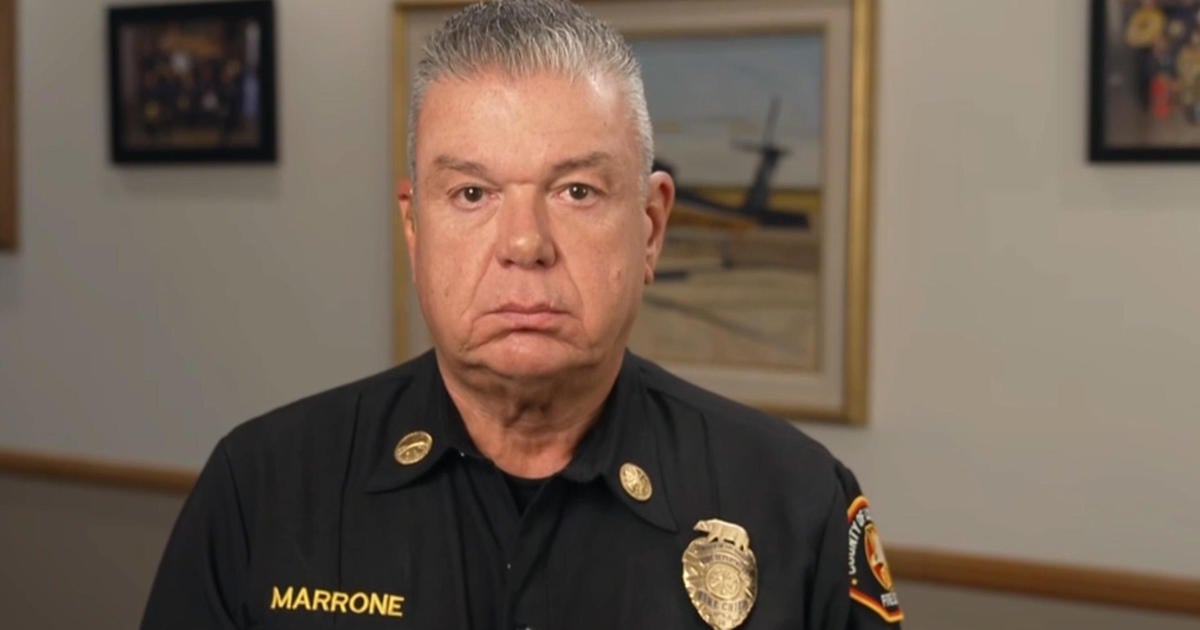Inside the Blaze: LA County Fire Chief Marrone’s Insight on Wildfires’ Impact
As wildfires rage across California, the urgency of the situation has never been more pronounced. With the state’s unique geography and climate, the threat of wildfires looms large, especially during peak dry seasons. In this context, Fire Chief Anthony Marrone of Los Angeles County has emerged as a critical voice, sharing vital updates on the ongoing challenges and response efforts. This exclusive look at his insights reveals not only the devastating impact of these fires on the environment but also the profound human toll they take.
The Current Landscape of Wildfires
Wildfires have become an unfortunate hallmark of California’s summers, with their intensity and frequency escalating over recent years. Chief Marrone emphasizes that the current wildfire season has been particularly challenging due to factors such as:
- Climate Change: The increasing temperatures and prolonged drought conditions have created an ideal environment for wildfires to ignite and spread.
- Vegetation Growth: Years of fire suppression have led to an accumulation of dense vegetation, which serves as fuel for fires.
- Wind Patterns: Unpredictable wind patterns can exacerbate fires, quickly shifting their direction and making containment efforts more difficult.
Given these factors, the LA County Fire Department has been on high alert, deploying resources and personnel to combat the flames and protect communities.
Challenges Faced by Firefighters
Chief Marrone outlines several key challenges that firefighters encounter during wildfires:
- Resource Allocation: With multiple blazes occurring simultaneously, determining where to allocate resources is a constant struggle. Marrone stresses the importance of strategic planning and collaboration with other agencies.
- Health Risks: Firefighters face significant health risks, from exposure to smoke and hazardous materials to physical strain. The department prioritizes the well-being of its personnel through training and support.
- Public Safety: Ensuring the safety of residents during evacuations is paramount. Marrone underscores the need for clear communication and timely alerts to help residents navigate these crises.
The Human Toll of Wildfires
While the environmental damage caused by wildfires is often highlighted, the human impact is equally devastating. Marrone shares stories of families who have lost their homes, livelihoods, and even loved ones to the flames. The emotional toll can be profound, leading to:
- Displacement: Thousands of residents are forced to evacuate, often requiring temporary shelter and support.
- Mental Health Challenges: Survivors may experience anxiety, depression, and post-traumatic stress disorder (PTSD) in the aftermath of the fires.
- Community Resilience: Despite the challenges, communities come together to support one another, showcasing human resilience in the face of adversity.
Environmental Consequences
The impact of wildfires extends far beyond the immediate destruction. Chief Marrone emphasizes the long-term environmental consequences, including:
- Habitat Loss: Wildlife habitats are destroyed, leading to a decline in biodiversity and disruption of local ecosystems.
- Soil Erosion: The removal of vegetation increases the risk of soil erosion, which can lead to mudslides and water quality issues.
- Air Quality Degradation: Wildfires release large amounts of smoke and pollutants into the air, posing health risks to residents even miles away from the fire.
Response Efforts and Innovations
In light of these challenges, the Los Angeles County Fire Department has been proactive in its approach to wildfire response. Chief Marrone highlights several key initiatives:
- Community Education: The department emphasizes the importance of educating residents about fire safety, including creating defensible space around homes and understanding evacuation routes.
- Advanced Technology: The use of drones and satellite imagery has enhanced situational awareness, allowing for better planning and resource allocation.
- Collaboration with Agencies: Working alongside Cal Fire, the U.S. Forest Service, and local organizations ensures a coordinated response to wildfires.
These efforts have proven effective, but Marrone acknowledges that there is still much work to be done to fully address the wildfire crisis.
Looking Ahead: A Call for Action
As Chief Marrone reflects on the current state of wildfires in California, he emphasizes the need for a comprehensive approach to fire management. This includes:
- Policy Changes: Advocating for policies that promote sustainable land management practices and fire prevention strategies.
- Investment in Resources: Ensuring that firefighting agencies are adequately funded and equipped to handle the increasing threats posed by wildfires.
- Community Involvement: Encouraging local communities to take an active role in fire preparedness and response efforts.
In conclusion, as wildfires continue to pose a significant threat to California, the insights of Fire Chief Anthony Marrone serve as a reminder of the challenges faced by firefighters and the communities they protect. By understanding the impact of these fires—both human and environmental—we can foster greater awareness and resilience in the face of an ever-evolving crisis.
Ultimately, Chief Marrone’s experience and dedication inspire hope for a future where communities are better prepared, and wildfires can be managed more effectively. Together, we can work towards mitigating the impact of wildfires and preserving California’s natural beauty for generations to come.
See more Your Daily Weather



